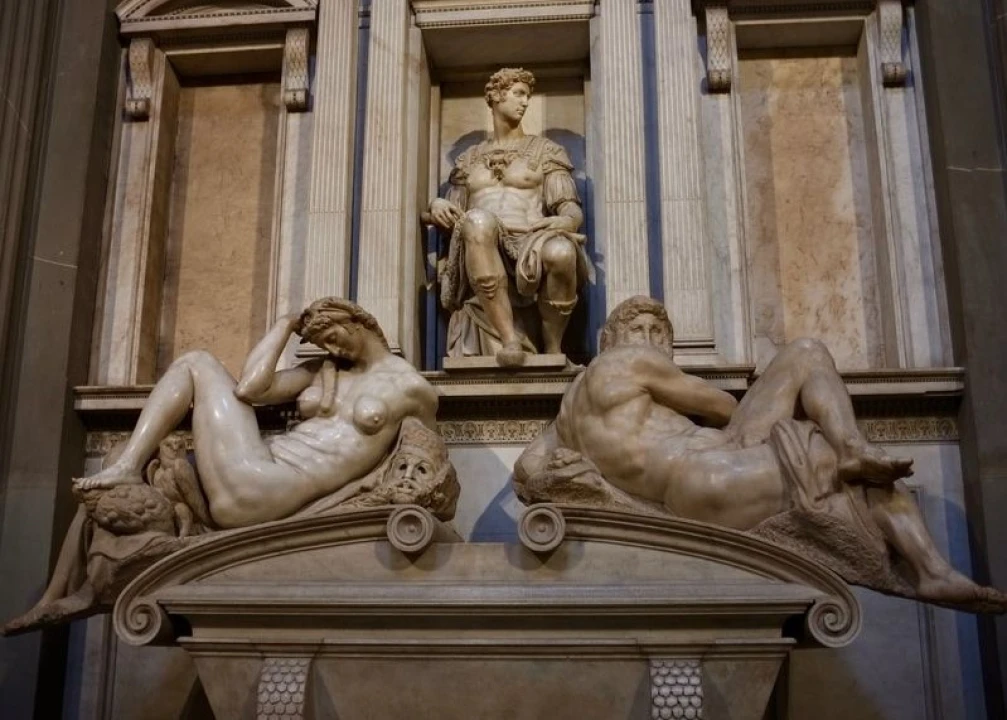In 1520, Cardinal Giulio de’ Medici—soon to be Pope Clement VII—commissioned Michelangelo to construct an ornate tomb for his family. In addition to creating a marble interior whose “strange proportions and thicknesses” defied classical conventions, per Encyclopedia Britannica, the Renaissance artist sculpted likenesses of two Medici dukes (Giuliano di Lorenzo and Lorenzo di Piero), four allegorical figures representing different times of day, and the Madonna and Child.
Over the centuries, stains and dirt have accumulated on the statue-lined mausoleum in the Florentine San Lorenzo complex’s Medici Chapels, leaving its once-spotless sarcophagi the worse for wear. Luckily, a team of scientists, art conservators and historians has identified an unconventional tool for removing this grime from Michelangelo’s sculptures: bacteria.



